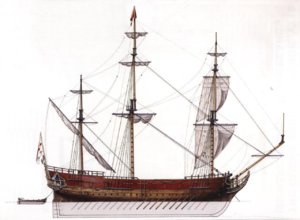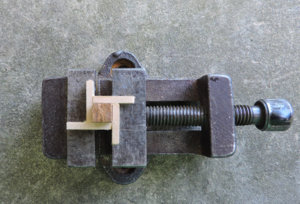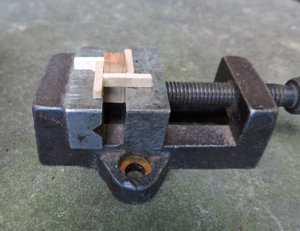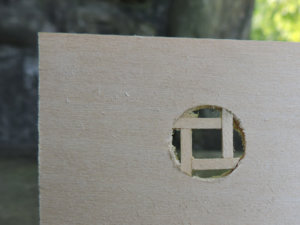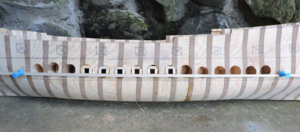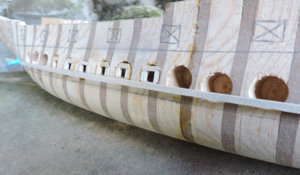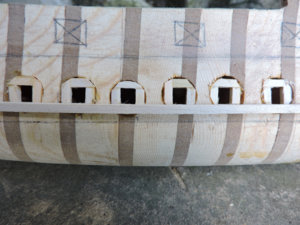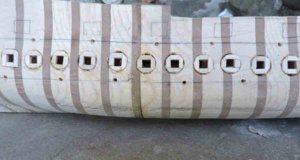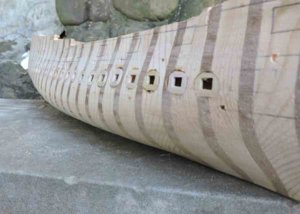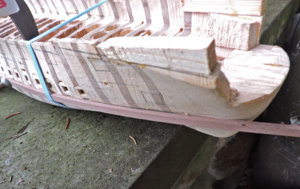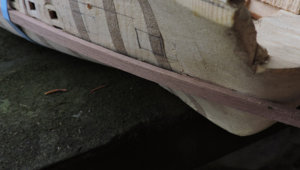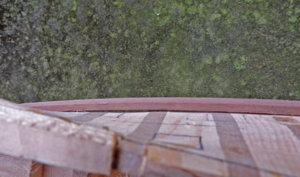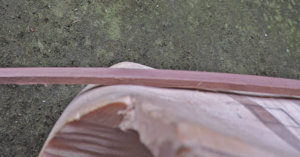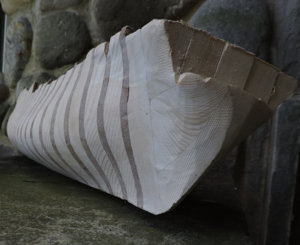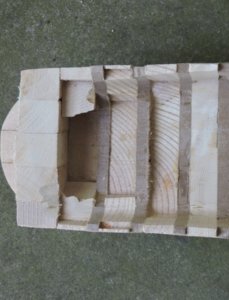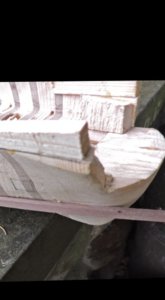- Joined
- Dec 1, 2016
- Messages
- 6,341
- Points
- 728

this project is an example of designing as you go, there are no instructions and really no plans just a sort of, kind of, this is what it might of looked like based on scant historical references.
for all you would be model builders
in my years as a commercial artist and designer I was asked "how do you come up with these ideas?" simple you see the finished piece first and spend countless hours figuring out how to do it.
what you have to keep in mind is this
to move ahead sometimes you have to start over so letting go of a mistake is the way no matter how long it took you to make it.
for all you would be model builders
in my years as a commercial artist and designer I was asked "how do you come up with these ideas?" simple you see the finished piece first and spend countless hours figuring out how to do it.
what you have to keep in mind is this
to move ahead sometimes you have to start over so letting go of a mistake is the way no matter how long it took you to make it.




